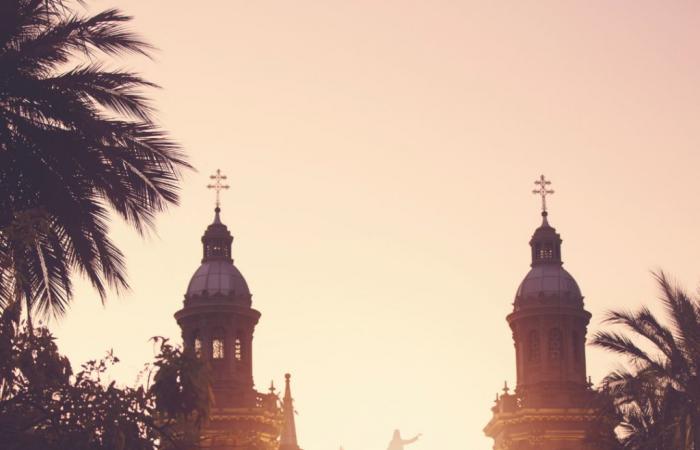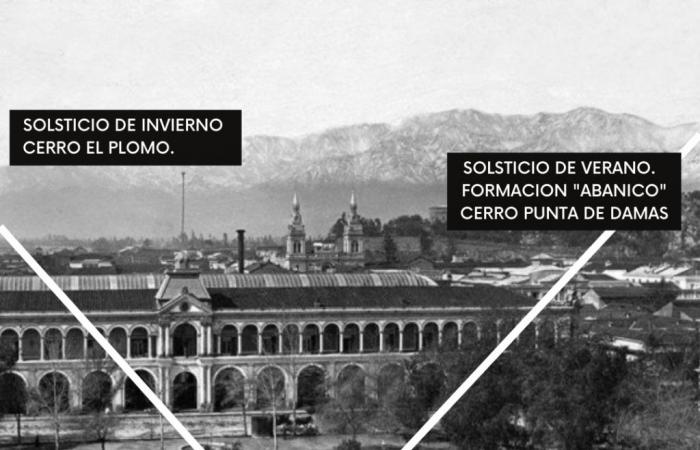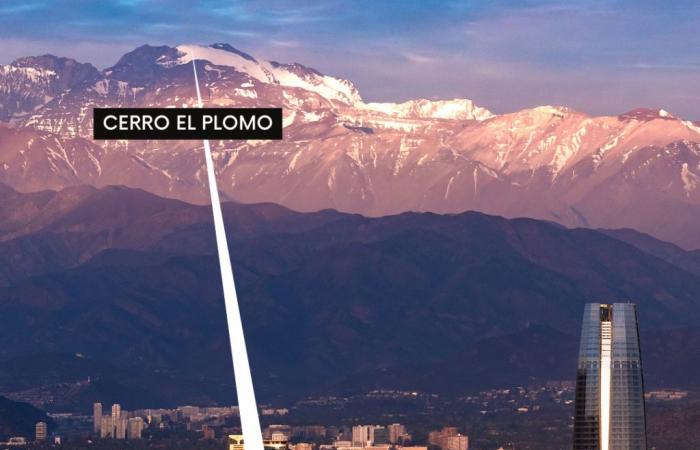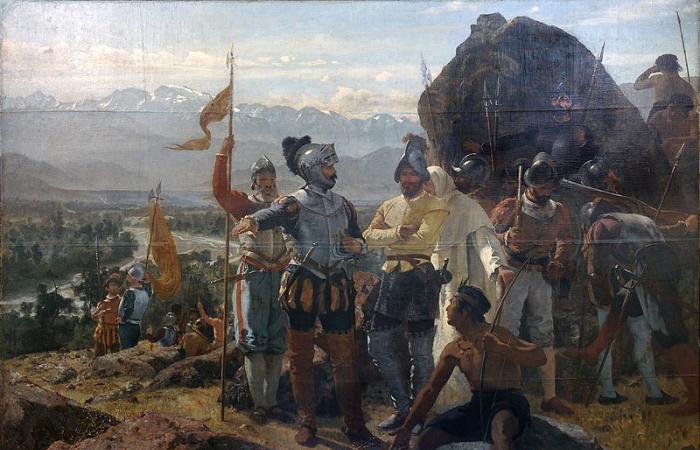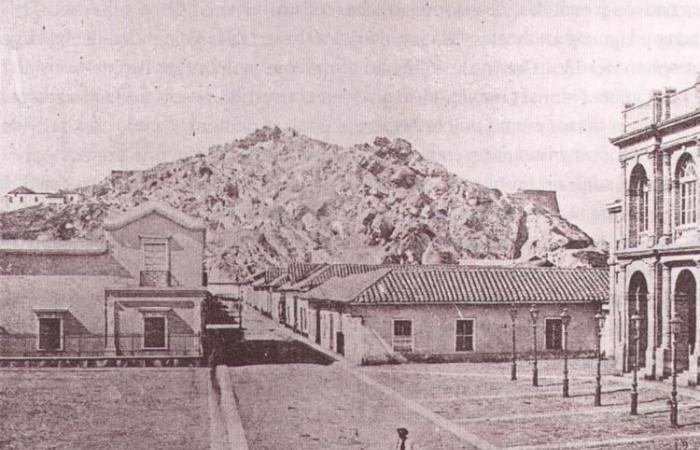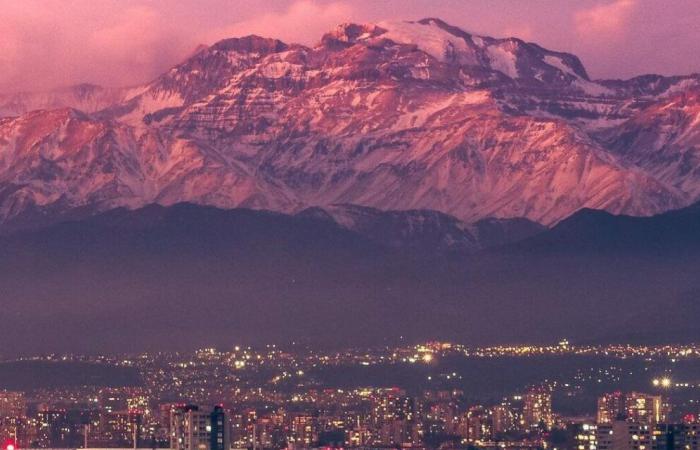What is the true origin of Santiago de Chile? How true is it to say that the history of the capital of Chile begins on February 12, 1541?
Important findings in recent years indicate that, although the name “Santiago de Nueva Extremadura” arises from the event celebrated by Pedro de Valdivia at the foot of the Santa Lucía hill, The territory where the city is located already had a connotation of special importance for the cultural groups that inhabited the Mapocho valley since hundreds of years ago.
Research in which important archaeologists and historians such as Rubén Stehberg, Gonzalo Sotomayor, Donald Jackson and María José Lira, among others, have participated, have allowed us to bring to light – literally – an ancestral origin which speaks of occupation and rituality by human groups belonging to the Inca and Potter periods, between 500 to 1,000 years before the arrival of the Spanish to the aforementioned valley, as well as to the nearby valleys of the Maipo and Aconcagua rivers.
For many years the reasons for some special and unique features the design of the city’s plant; which, although it was created from the Plano Damero always used by the Spanish – a square plan of between 8 and 9 blocks per side, with the main square in the middle, in front of which the church was located and all of this aligned with the north geographical – in the case of Santiago what we have is a city with a unique spatial layoutbecause: a) its original plane is not squareb) in which the Plaza de Armas was not in the middle and which also, c) it was always “deviated” from the geographic north by at least 6 degrees, no less an angular difference.
The investigations carried out managed to identify that in what is today An Inca tambo was located in the Plaza de Armas of Santiago. Later excavations corroborated this and demonstrated that Beneath the Inca vestiges there were vestiges of even greater antiquity and, more importantly, they realized that this ancestral use of the Santiago territory, and especially the Plaza de Armas, was due to the fact that this crucial point in the capital It is the place where the lines of sunrise intersect with the mountains of the Andes Mountains. in front of Santiago, a knowledge that the native peoples obtained as a result of their close relationship with nature and its processes from a history of at least 10,000 years of human occupation in the Mapocho and Maipo valleys.
Every winter solsticejust like this June 21, when dawn breaks, the sun appears in the mountain range behind El Plomo hill –where an important Inca worship site is located- and every summer solsticethat is, on December 21, when dawn breaks, the sun appears in the Andes Mountains behind the Punta de Damas hillin whose vicinity vestiges of another site of Inca worship have recently been identified.
For this and more, it is good to honor on these dates Santiago de Chile, formerly called Santiago de Nueva Extremadura, with ancient green valleys admirable from the Apu Wechuraba (today Cerro Blanco in the commune of Recoleta), from Cerro Huetén or Welén ( today Cerro Santa Lucía), son of Ten-Ten Vilú, the snake that protects the attacks -floods- Kai Kai Vilú in the waters of the Mapocho River. A city covered in the present, that looks to the future, but that It should not forget or hide under modernity a wonderful story, which tells us about a magnificent ancestral connection between human beings and nature.making the call, more than ever, to return to the origin.
The interesting contributions of Citizen Scienceto
In the case of the discovery of the origin of the founding of Santiago, the contribution of research carried out by civil society has been very important. People like Alexis López, in collaboration with researchers from the academic world, carried out private investigations, driven by personal motivation for the history of Chile, which allowed us to reveal interesting facts about the origin of Santiago.
This is how the initial and fortuitous discovery that the Plaza de Armas is shifted at least 6 degrees with respect to the geographic north axis was the kickoff for new research, which included the construction of a Gomon (instrument used by the Spanish to design the layout of new cities), the analysis of sunrise on the dates of the solstices and, of course, the connection with researchers from the academic world in a kind of union of puzzle pieces, whose assembly suddenly began to make sense.
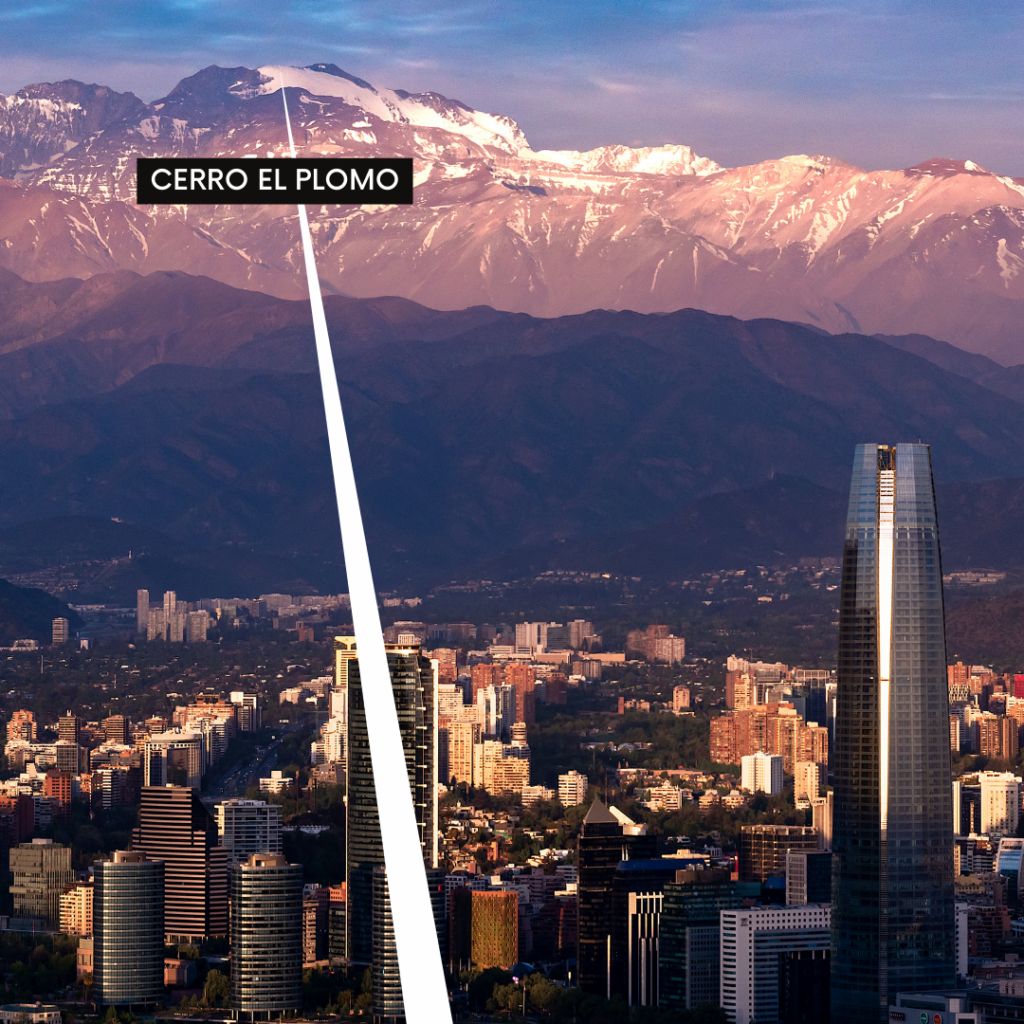
In this way, the union of the discoveries coming from the research carried out both from academia and from civil society, managed to deliver a better interpretation of the Inca and previous pastfrom the territory that is today Santiago.
Excavations carried out in different points surrounding the Plaza de Armas made it possible to find findings of scientific value to connote the zero point of the capital as a place that had already been important for thousands of years for the ancient inhabitants. Remains of pottery, mortuary sites and a series of artifacts demonstrate its ancestral importance..
The choice of the Plaza de Armas
But why there and right there? Why right in what is now the Plaza de Armas? And why did it occur to Don Pedro de Valdivia to define the layout of the city based on a point of ancestral value such as that point that today is the Plaza de Armas?
Well, the union of stories from different historical documents allows us to understand that Pedro de Valdivia upon arriving at the Mapocho Valley He did not settle directly on the Huelén or Santa Lucía hill, but before that, He set up his first camp on another hill, Cerro Blancoformerly called Apu Wechuraba – the house of the Wechuraba chief.
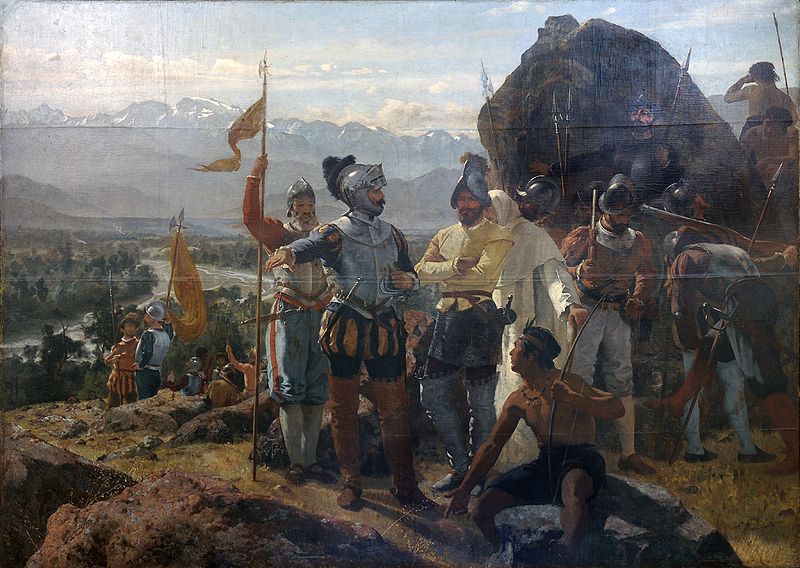
From there he could see what was happening in the valley, which upon his arrival was not at peace, but was constantly being devastated by attacks by Mapuche chiefs in rebellion against Inca rule. In the first months then Valdivia assigned his army to appease the valley. Once this goal is achieved crossed to see the Huelén hillwhere Quilicanta, representative of Tawantinsuyo, had invited him.
But perhaps called by his beliefs, Pedro de Valdivia did not choose just any day to go to said place, but rather waited for a special day for himself: the day of consecration of “his” Saint. Who else but Saint Lucia. And with this we now know where the current name of the hill comes from. Well, that day, December 13, coincided with the summer solstice in the southern hemisphere, a date also celebrated by the Incas, as well as by different cultures throughout the planet. For the Incas on that date they celebrate the Qhapac Inti Raymi, an Inca religious festival in honor of the Sun God (Inti), which took place in the month of December, where animal sacrifices were made, chicha de jora was drunk, coca was chewed and dancing was performed. That is to say, Pedro de Valdivia and his army came to experience a double celebration.
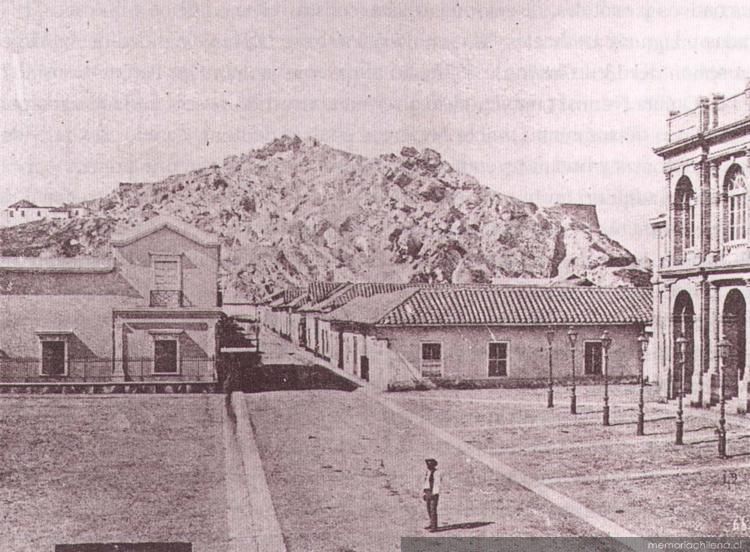
In this celebration, it is quite likely that Quilicanta, in his role as guest, invited Pedro de Valdivia to observe the summit of Mount Huelén. the exact moment of sunrise, a sacred moment in the context of the Inca celebration. And at that moment the sun’s rays were projected right in a place that Pedro de Valdivia must have already known: the Cancha Inca; a place of commercial, administrative and cult importance, where the Inca Trail passed and a Tambo was located.
Such a perfect coincidence must have caught your attention, it is quite likely too. And Quilicanta’s story must have made him realize that when they, the Incas, arrived, said space was already occupied and in a special way by the ancient inhabitants of the territory.
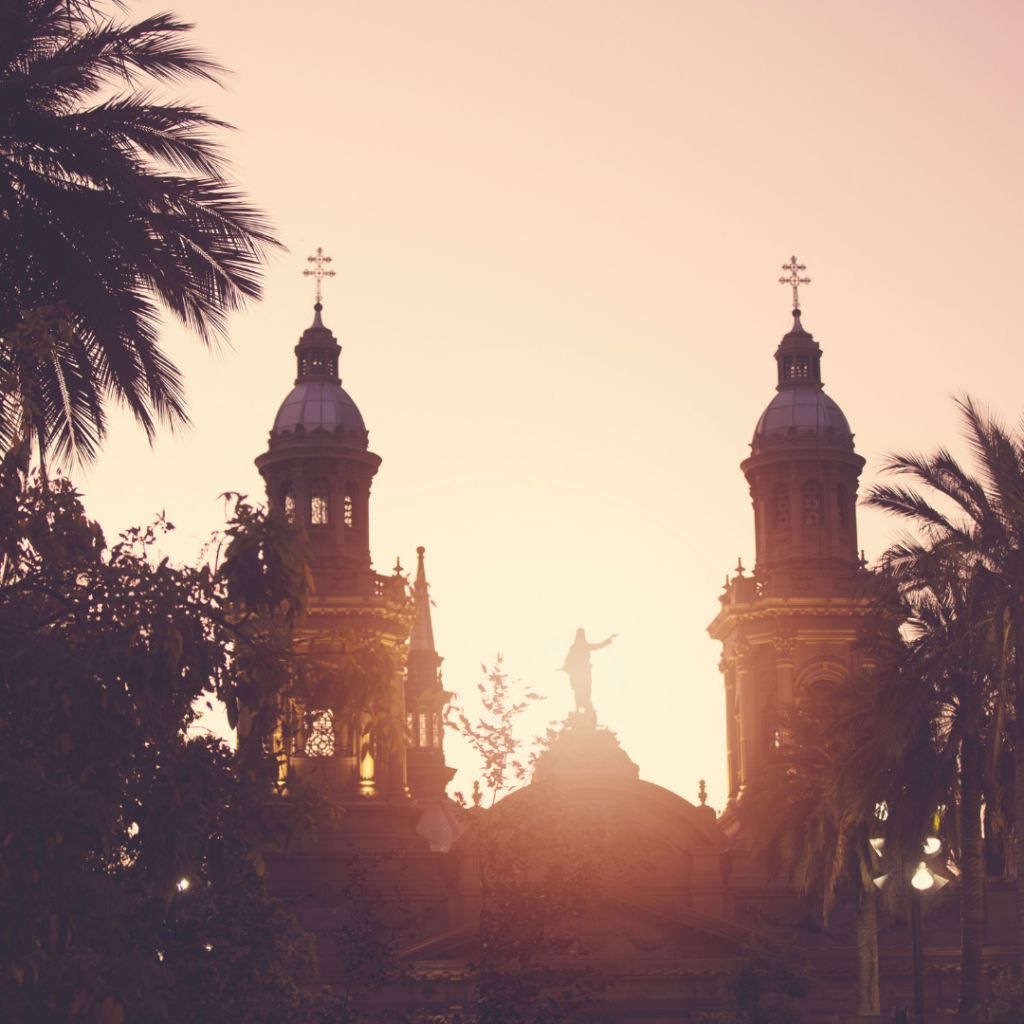
From this, the story gives rise to the most important reflections that we can make from the history of the founding of Santiago: Each conquering society sets foot on the site of greatest importance to the conquered, erasing its past, burying it under new materials.. This is not metaphorical. The case of the Plaza de Armas is a tangible fact: on the surface is our cement and, below it, the layouts and constructions from the time of the Spanish conquest. But further down there are the vestiges of the Inca presence. And if we dig even more we will reach vestiges of an occupation that until at least 2,000 years ago accounts for the occupation of the place for ceremonial purposes.
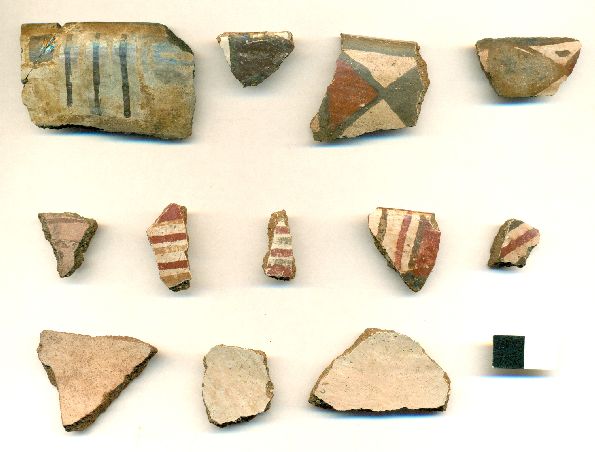
Let’s not forget that when we talk about indigenous peoples, to talk about their historical origin, we have to go back thousands of years. The mountains of Santiago were occupied at least ten thousand years before the presentlong before the presence of Mapuches, Picunches, Chiquillanes, Aconcaguas and other inhabitants of the territory in the last thousand years.
What happened in those previous thousands of years?
Today we know that estuaries like The Manzano, in the Cajón del Maipothey had human presence at least ten thousand years ago of the present. Archaeological finds of different types show the passage of bands of hunter-gatherers, migratory groups that traveled through the mountains hunting guanacos and other camelids, their main sources of food and shelter.
In those thousands of years is where the first inhabitants of Santiago lived in a deep connection with nature. As Don Gastón Soublette says, Humanity has never had a stage of development with a greater capacity to live in harmony with nature than when bands of hunter-gatherers lived as nomads knowing everything about nature.. Either you knew everything about it – what to eat, how to hunt, where to live, how to keep warm – or nature would walk all over you.
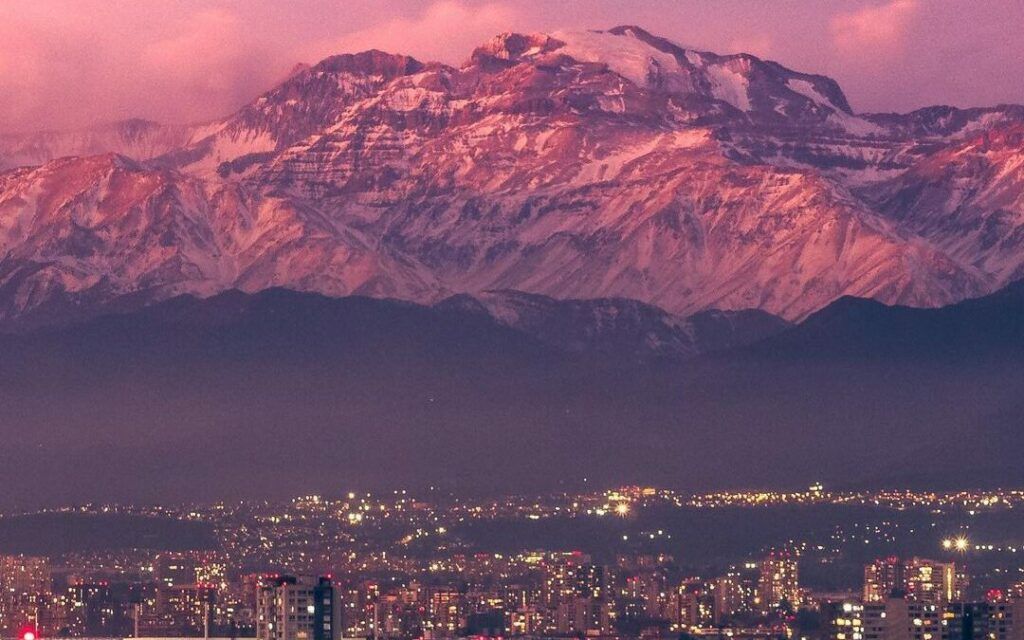
In those thousands of years, human beings looked closely at the sky and the ground. They observed flora, fauna and funga carefully. They closely observed the processes that connected the stars and natural rhythms. And their gods were the forms of nature. And if, They looked at where the sun’s rays fell at the time of the solstices and equinoxes in the valley that is now Santiago de Chile. Those who inhabited the valley later, regardless of who they were, admired it and respected it, so much so that the capital of Chile was eternally drawn from it.
Let’s move forward to the future, but returning to our roots.

